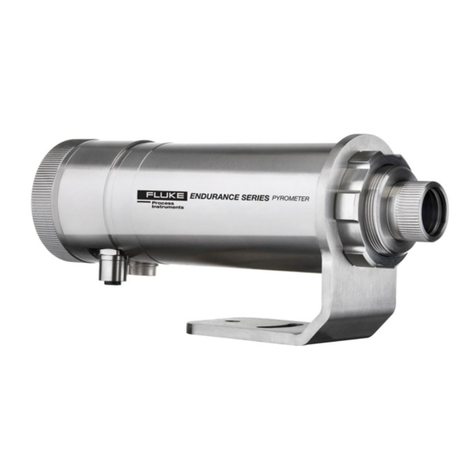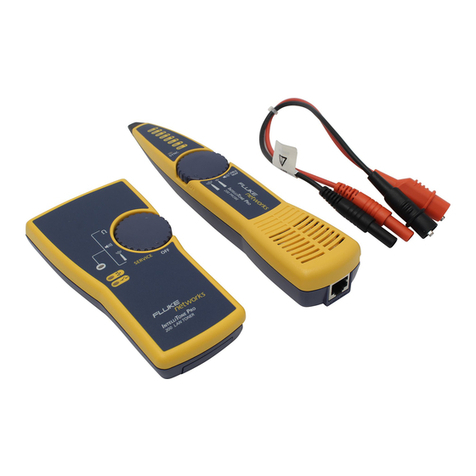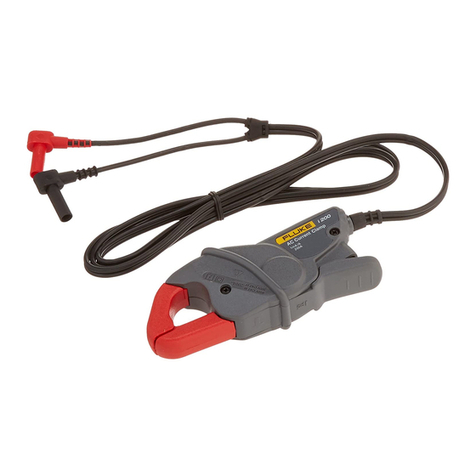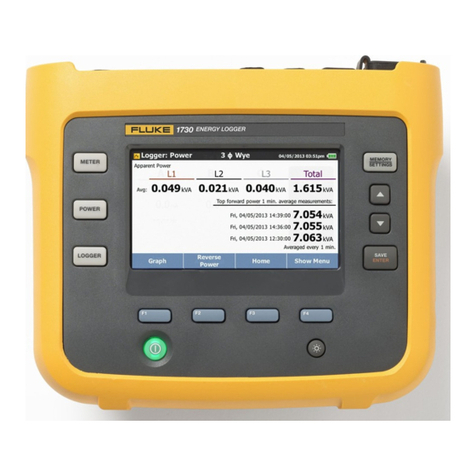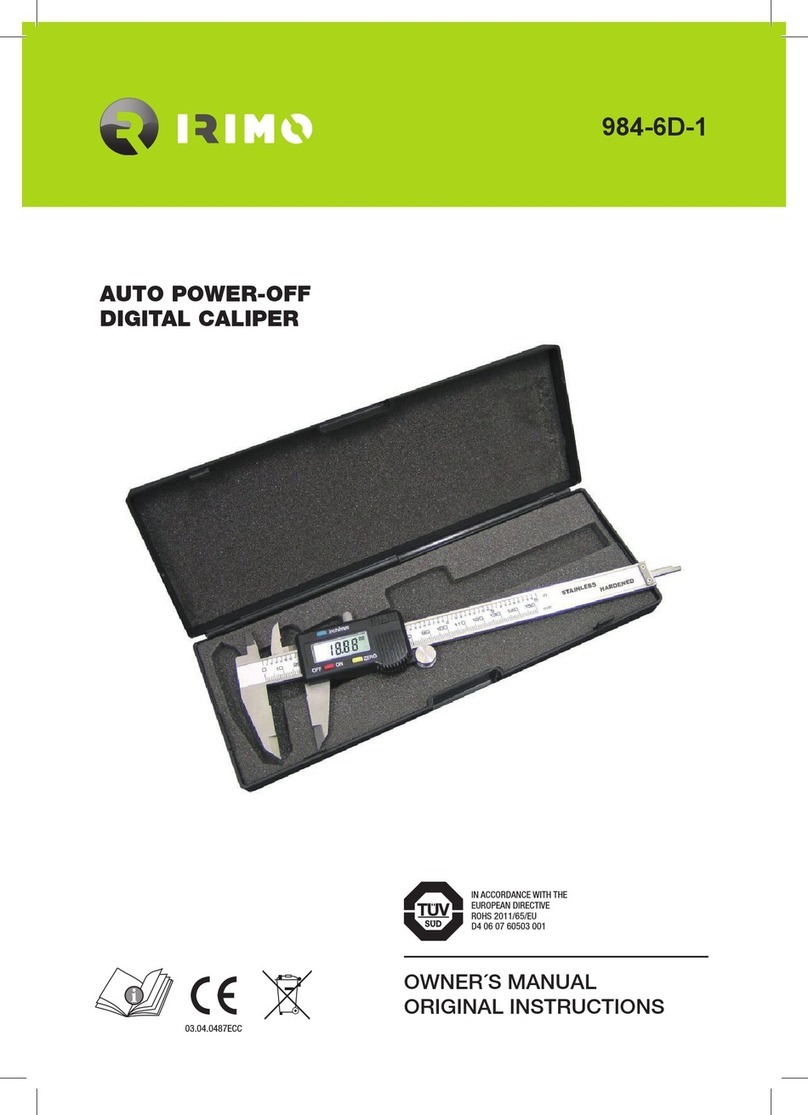Fluke 9000A-006 User manual
Other Fluke Measuring Instrument manuals

Fluke
Fluke 411D Installation and operating instructions

Fluke
Fluke Hart Scientific 914 Series User manual
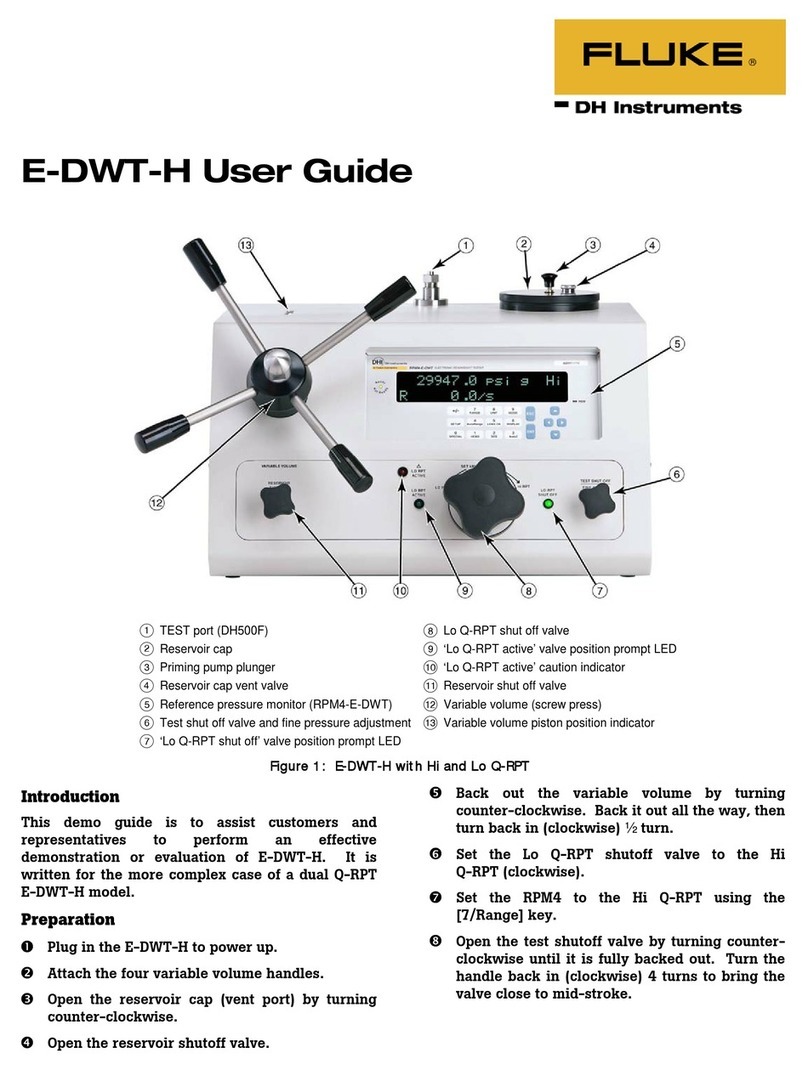
Fluke
Fluke E-DWT-H User manual
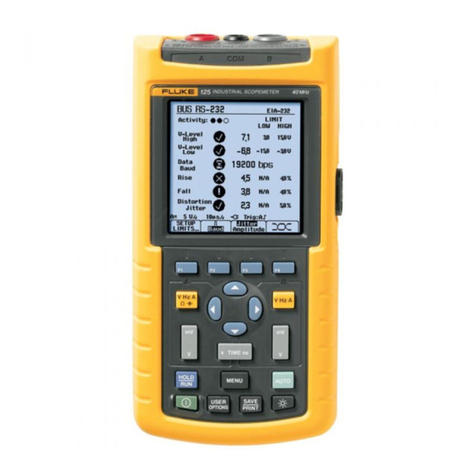
Fluke
Fluke ScopeMeter 125 User manual
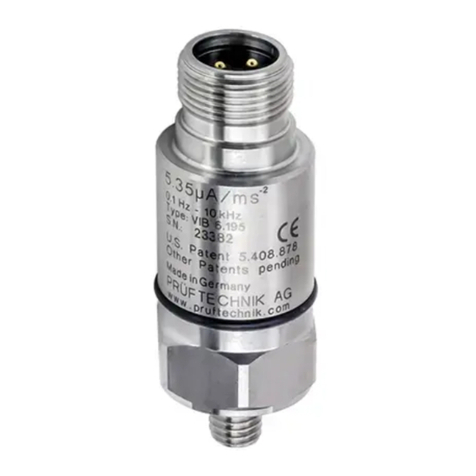
Fluke
Fluke PRUFTECHNIK VIB 6.172 Programming manual
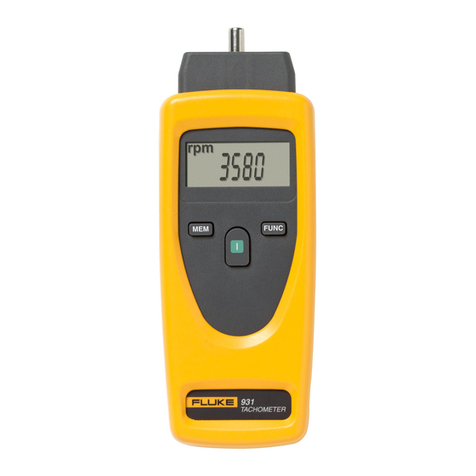
Fluke
Fluke 931 User manual
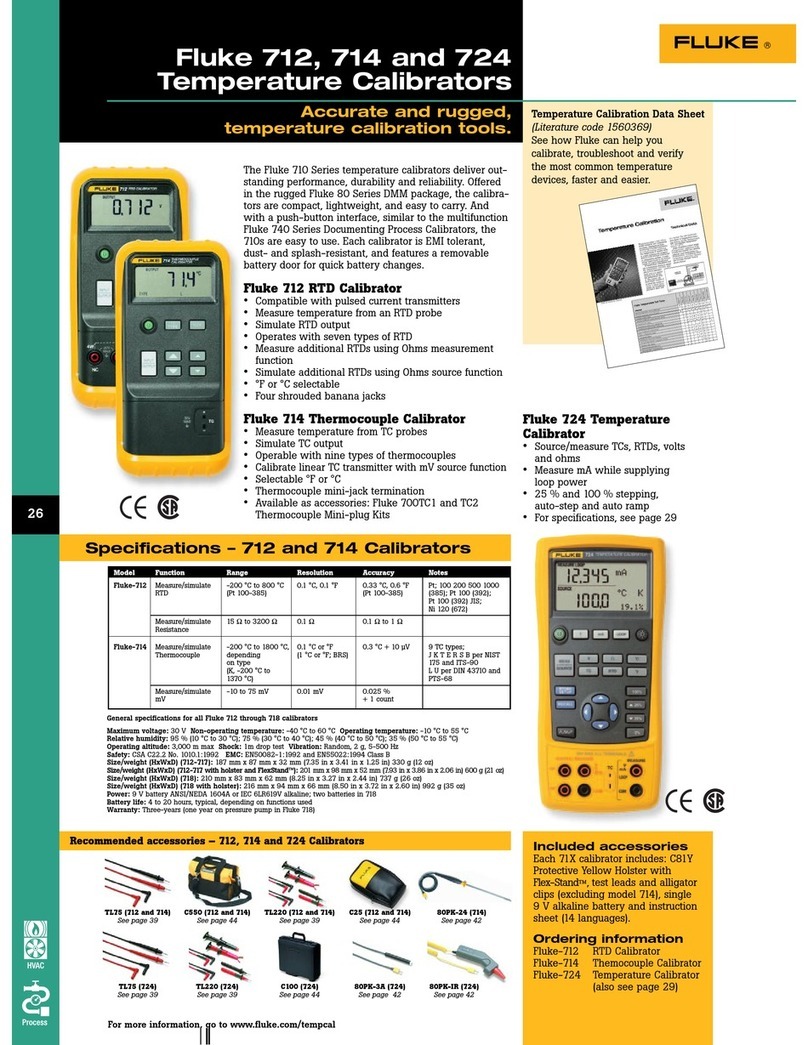
Fluke
Fluke 712 User manual
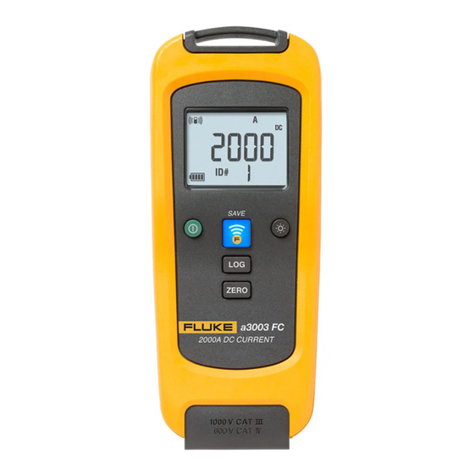
Fluke
Fluke A3003 FC Use and care manual

Fluke
Fluke 1760 Parts list manual
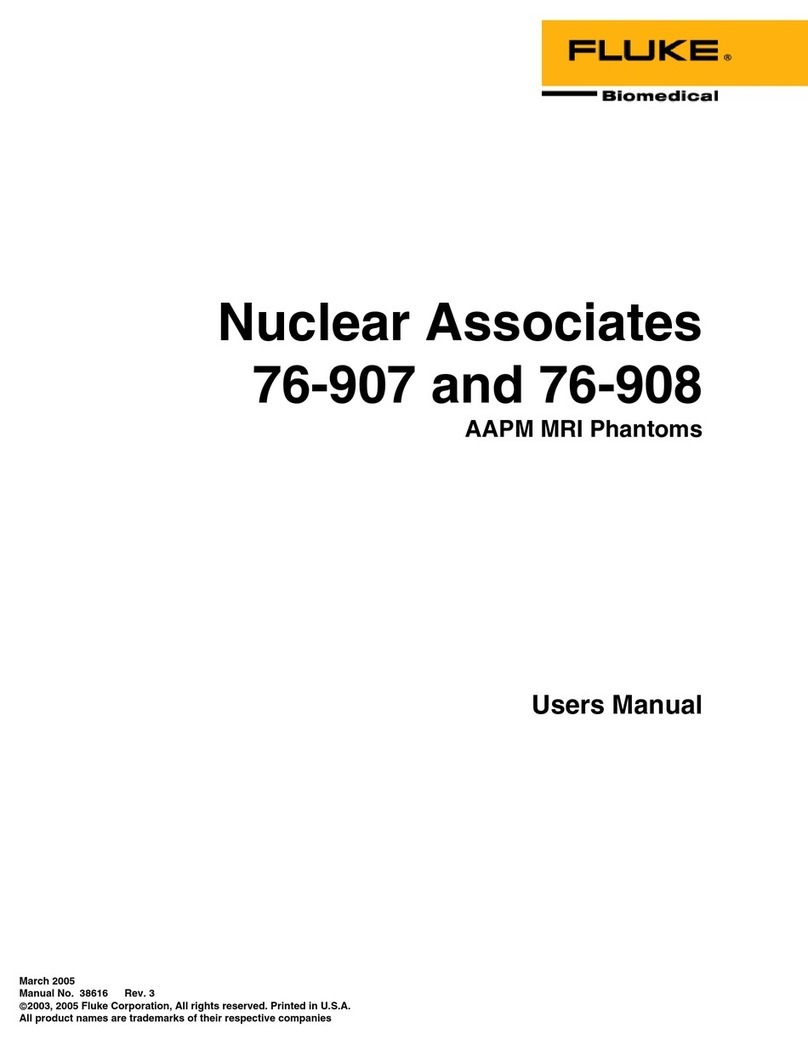
Fluke
Fluke Nuclear Associates 76-907 User manual

Fluke
Fluke 433 User manual
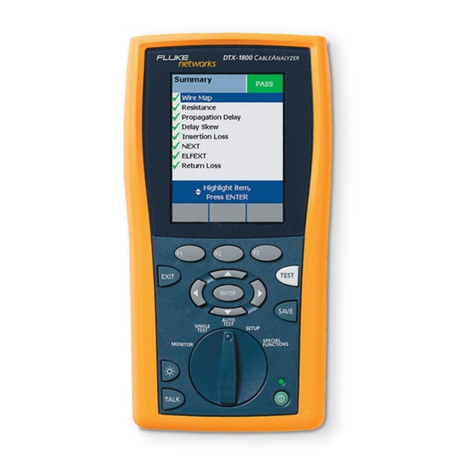
Fluke
Fluke DTX-1800 Use and care manual
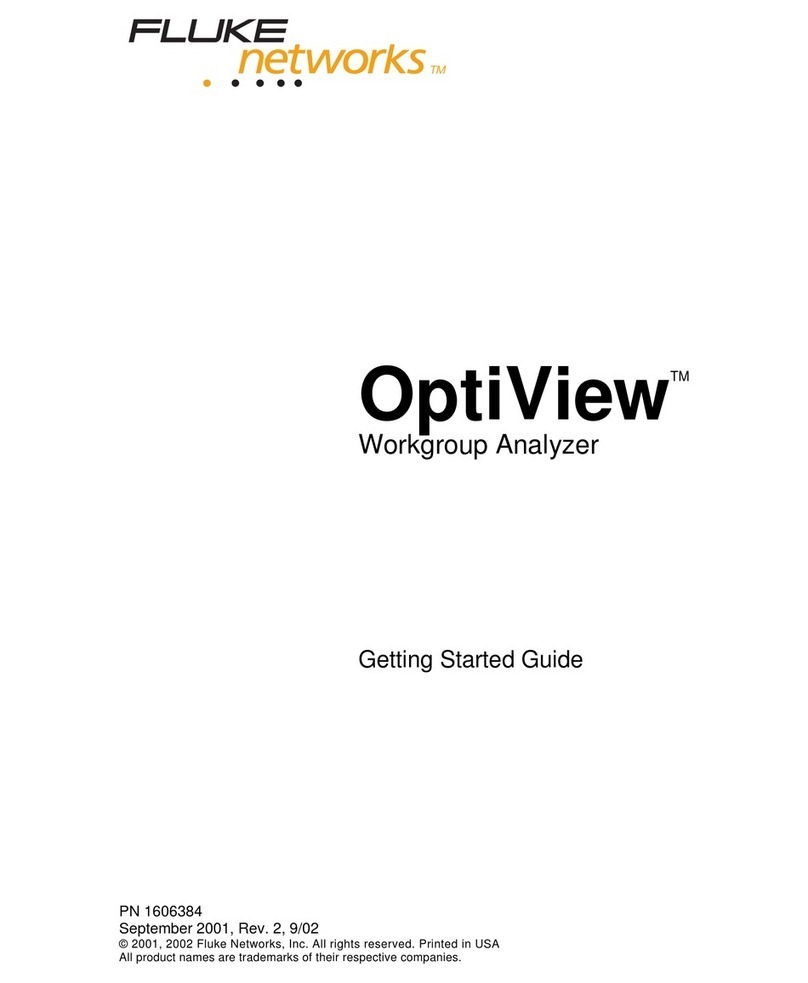
Fluke
Fluke OptiView Series User manual
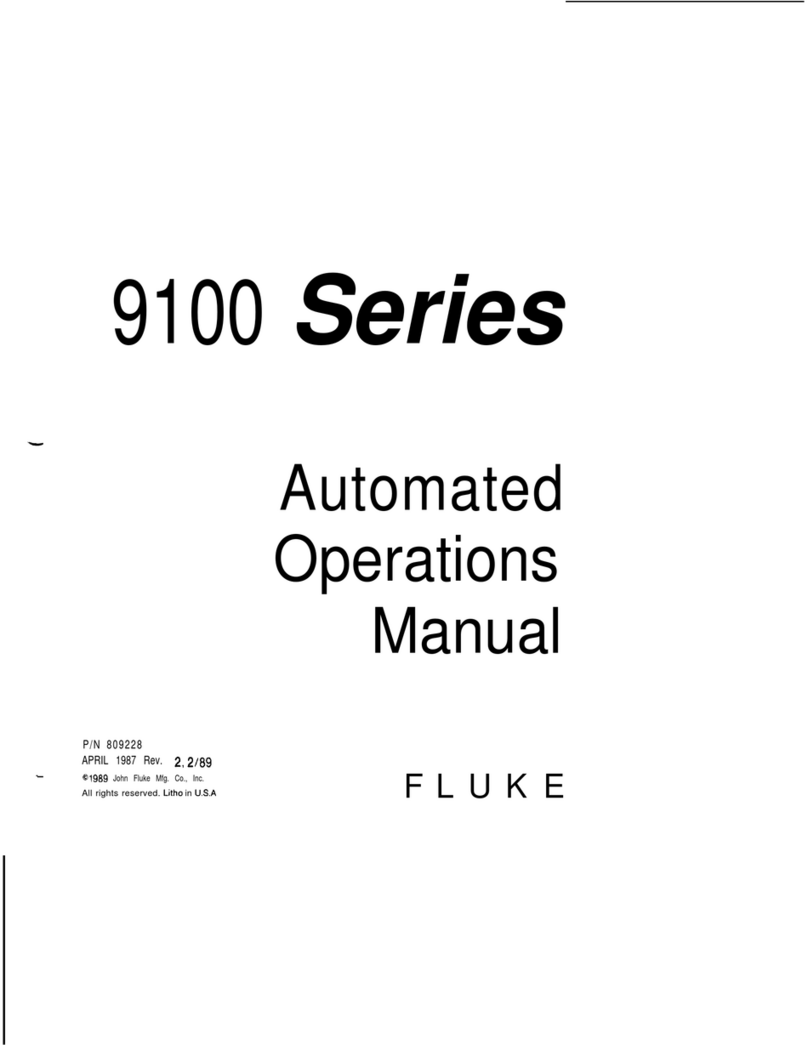
Fluke
Fluke 9100A Series User manual

Fluke
Fluke 374 FC User manual
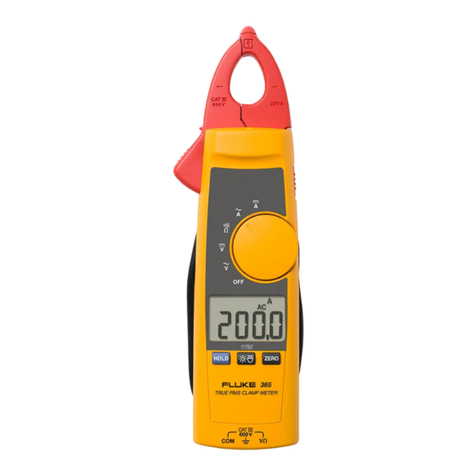
Fluke
Fluke 365 Use and care manual
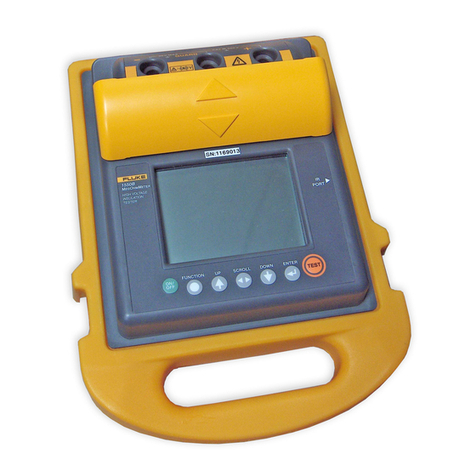
Fluke
Fluke 1550B User manual
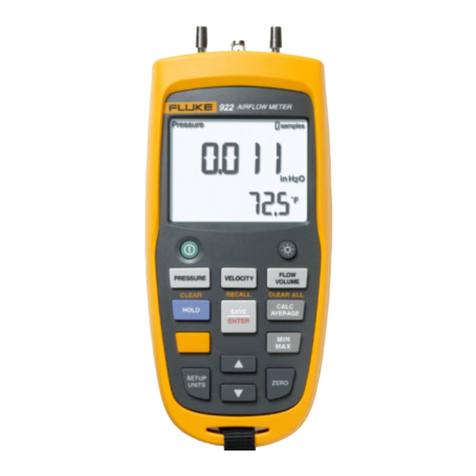
Fluke
Fluke 922 User manual
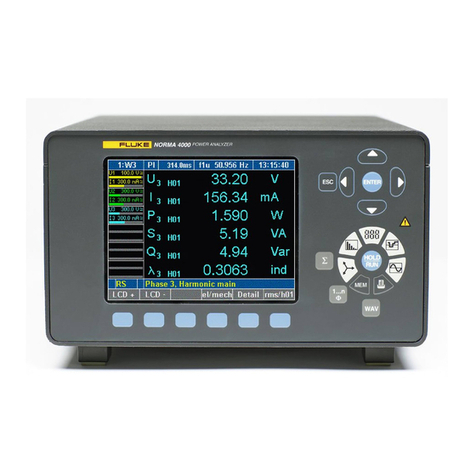
Fluke
Fluke NORMA 4000 Operators User manual

Fluke
Fluke 1630-2 User manual
Popular Measuring Instrument manuals by other brands

Powerfix Profi
Powerfix Profi 278296 Operation and safety notes

Test Equipment Depot
Test Equipment Depot GVT-427B user manual

Fieldpiece
Fieldpiece ACH Operator's manual

FLYSURFER
FLYSURFER VIRON3 user manual

GMW
GMW TG uni 1 operating manual

Downeaster
Downeaster Wind & Weather Medallion Series instruction manual

Hanna Instruments
Hanna Instruments HI96725C instruction manual

Nokeval
Nokeval KMR260 quick guide

HOKUYO AUTOMATIC
HOKUYO AUTOMATIC UBG-05LN instruction manual

Test Products International
Test Products International SP565 user manual

General Sleep
General Sleep Zmachine Insight+ DT-200 Service manual

Sensa Core
Sensa Core Lacto Spark user manual
